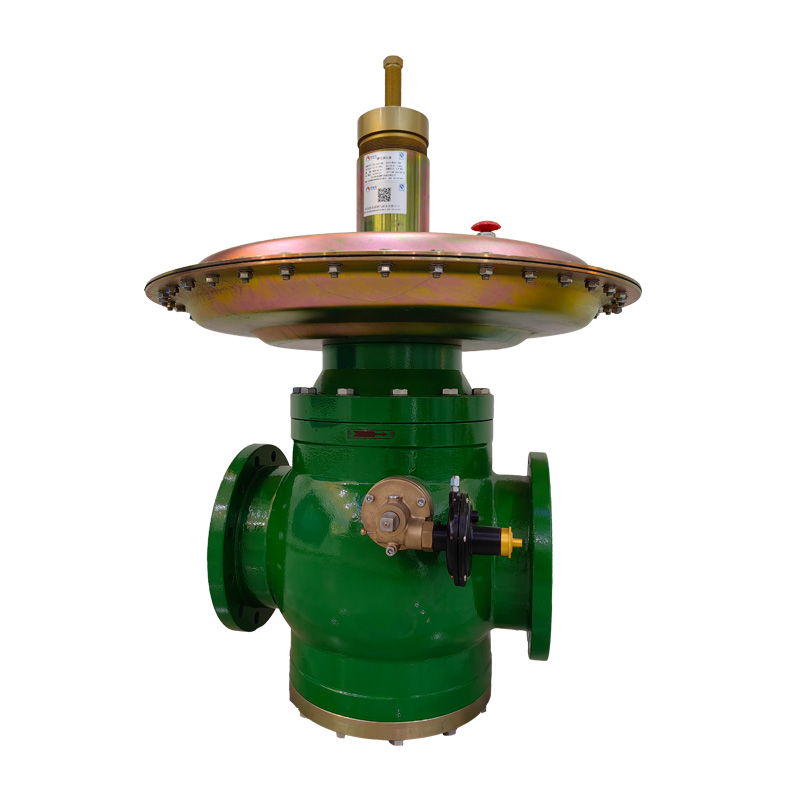
Dec . 04, 2024 17:43
Back to list
pressure reduction skid
Understanding Pressure Reduction Skids An Essential Component in Process Industries
In various industrial applications, maintaining the correct pressure levels is crucial for operational safety and efficiency. One of the innovative solutions in managing pressure is the pressure reduction skid. A pressure reduction skid is a compact unit designed to reduce the pressure of gases or liquids to the desired level before they are distributed to various processes or applications. This article delves into the working principles, components, applications, and advantages of pressure reduction skids.
Working Principles
The core functionality of a pressure reduction skid involves several key processes. Initially, the skid receives high-pressure fluid from a source, whether it's a gas pipeline or a high-pressure liquid reservoir. The skid is equipped with pressure regulating devices, such as pressure regulators or control valves, which adjust the pressure to the required operational level.
The system is designed to monitor output pressure continuously, employing sensors that provide real-time data to modulate the control valves accordingly. This closed-loop system ensures that variations in input pressure do not adversely affect the operations downstream. By maintaining optimal pressure levels, a pressure reduction skid ensures not only safety but also enhances the efficiency of industrial processes.
Key Components
A typical pressure reduction skid consists of several essential components
1. Pressure Regulators These devices automatically adjust the flow of the fluid to maintain a set output pressure, regardless of variations in inlet pressure. 2. Control Valves These are responsible for regulating the fluid flow from the skid to the downstream process, providing precise control over the pressure and flow rate. 3. Sensors and Gauges Pressure sensors monitor the pressure levels in real-time, allowing for immediate adjustments and alerts in case of malfunctions. 4. Strainers To protect the downstream equipment from particulates, strainers are often included to filter out contaminants. 5. Piping and Fittings These connect the various components of the skid, ensuring a streamlined flow of fluids.
pressure reduction skid

Applications
Pressure reduction skids find applications across multiple sectors. In the oil and gas industry, they are crucial in transporting hydrocarbons at stable pressures to prevent blowouts or leaks. In the chemical industry, they aid in the safe handling of gas and liquid chemicals by maintaining precise pressure levels during reactions.
Moreover, pressure reduction skids are integral in power generation, water treatment, and HVAC systems, serving to control pressures in steam, water, or refrigerant lines. Their versatility makes them a vital asset in any industrial setup requiring pressure management.
Advantages
Employing pressure reduction skids offers numerous benefits
1. Safety By effectively managing pressure, these skids minimize the risk of accidents such as explosions or pipe ruptures. 2. Efficiency Maintaining optimal pressure levels ensures that processes run smoothly, reducing downtime and enhancing productivity. 3. Space-Saving Design Skids can be fabricated to fit specific space requirements, which is especially benefit for facilities with limited space. 4. Ease of Maintenance Modular designs allow for simple maintenance and replacement of components without significant disruption to operations. 5. Customization Pressure reduction skids can be tailored to meet unique operational requirements, allowing for flexibility in various applications.
Conclusion
In conclusion, pressure reduction skids play a pivotal role in modern industrial processes, providing essential functionalities that enhance safety, efficiency, and control. As industries continue to evolve, the demand for reliable and effective pressure management solutions will only increase, making pressure reduction skids an indispensable part of process engineering. Understanding their operation and application can help industries optimize their systems and ensure the highest safety and performance standards.
Next:
Latest news
-
Safety Valve Spring-Loaded Design Overpressure ProtectionNewsJul.25,2025
-
Precision Voltage Regulator AC5 Accuracy Grade PerformanceNewsJul.25,2025
-
Natural Gas Pressure Regulating Skid Industrial Pipeline ApplicationsNewsJul.25,2025
-
Natural Gas Filter Stainless Steel Mesh Element DesignNewsJul.25,2025
-
Gas Pressure Regulator Valve Direct-Acting Spring-Loaded DesignNewsJul.25,2025
-
Decompression Equipment Multi-Stage Heat Exchange System DesignNewsJul.25,2025

